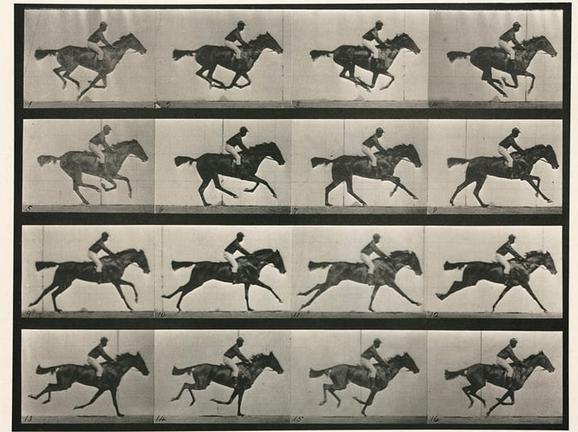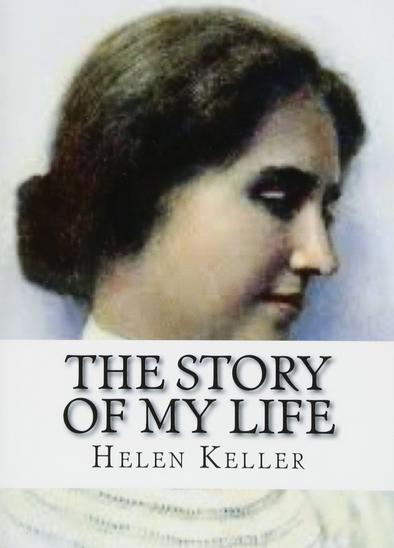DeLoggio Achievement Program
Preparation for and Selection of College and Professional Programs
Learning Skills for All Subjects at All Levels
Philosophy of Education
Writing
Home Schooling
Educate Yourself!
Wiki Knows!
YouTube
Will Show You
Culture by Cinema
Our teaching method was inspired by the one used by Annie Sullivan, the famed "Miracle Worker" who taught Helen Keller to read, write, and speak.
Annie Sullivan believed in formal lessons only when absolutely necessary, and that learning should follow organically from the student's interests. Thus I wander with my students from book to audio book to movie to YouTube clip to physical objects and back again, weaving every new concept not only into the story of itself, but into the story of how it relates to the world, to life, to the test we're studying for, and to the role this thing will play in the future.
When we learn about horses, we watch Secretariat win the Triple Crown; then we might move on to Eadweard Muybridge's photographs of how horses move. (Muybridge was the first person to answer definitively that when a horse gallops, all four of its legs are off the ground at one point.)

From there we might return to the biology of how Secretariat was able to accomplish the unimaginable, and spark an inquiry into the size of the heart and lungs, the amount of oxygen carried, how that affects performance, and blood doping in Olympic athletes. We might discuss the sex-linked DNA that carries the trait to alternate generations. Or we might wander into the genius of photography that allowed Muybridge to invent his ability to study motion faster than the eye could see. There's no end to what can be taught and what can be learned, so long as what is taught remains interesting. And that depends as much on the subject matter as it does on the method of teaching.
Although learning is inherently fluid and integrated, it is helpful to impose some structure on a series of lessons. We can focus on writing skills and vocabulary, on logical analysis of information, or on the integration of a series of facts into a body of knowledge. We can learn through the many different mechanisms of assimilating information – the written word, a visual example, or an integrated body of knowledge is expressed in film.
Each of the links on the left side offers you a different aspect of learning; feel free to wander through the many approaches we take to creating a holistic body of knowledge.
| Copyright | Take me to Home Page |
